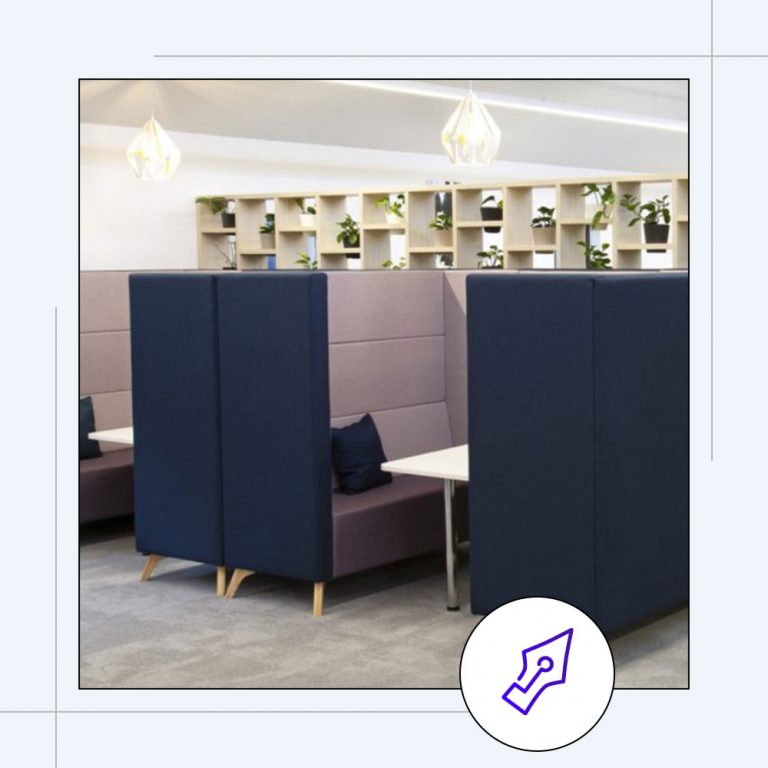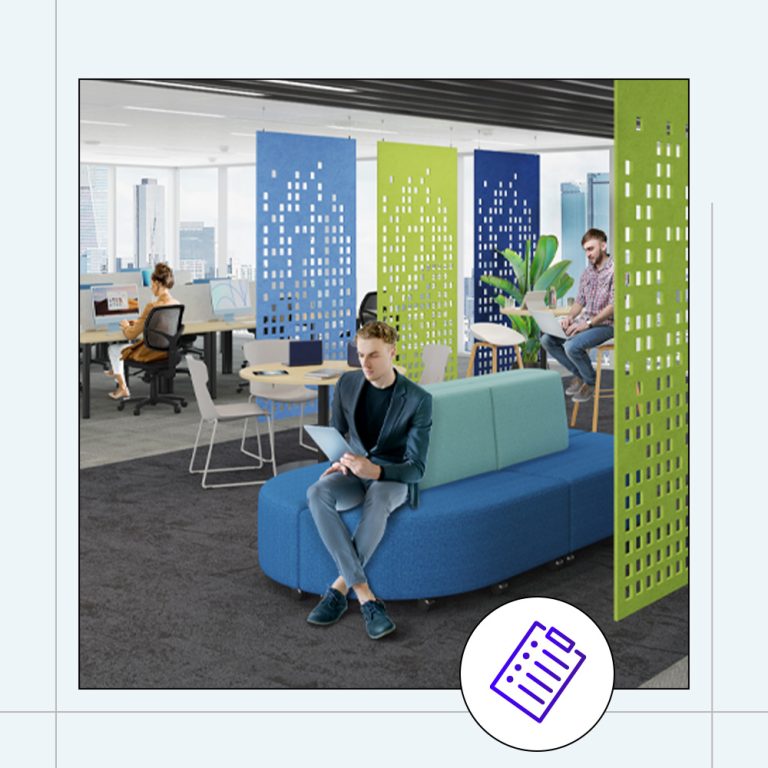How the Workplace Will Change in a Post-Pandemic World
As COVID-19 vaccines roll out across the country and we begin our walk on the road to recovery, it’s clear that businesses are thinking about what the “new normal” might look like. Of course, this phrase is somewhat misleading — after all, have things ever truly been normal?
While for some Australians their workplace has largely been unchanged or unaffected during the past 12 months, for many employees and employers things have changed massively. Some of these changes are here to stay. Whether it’s in an office building, restaurant, retail space or some other indoor area where you and your colleagues used to gather in-person, it’s obvious that the new normal at work will not look exactly like it did before COVID-19. But that doesn’t mean it’s going to be completely unfamiliar, either.
While some claim the office is dead and others argue that it’s still very much alive, the future will probably hold something between the two. Neither side is right: The future isn’t mutually exclusive. For proof, just look at the way things have changed since COVID-19, and then look at how we are adapting as we attempt to go back to normal. (if there is such a place).
What Has Changed Since COVID-19?
To see what the future of the office will look like, it’s important to look at how much it has changed since the onset of COVID-19. These changes – some positive and some negative, but all of them necessary, will not disappear anytime soon. As a matter of fact, many of them are likely to stick around: Think about how much time, money and energy has gone into the past year of changes. It wouldn’t make sense to just pretend they never happened.
Eliminating things like working from home and remote video meetings, and pivoting toward a more open floor plan in the office wouldn’t be logical or financially sound. It would also be jarring to do away with a lifestyle that many employees are now used to. Increased family time, reduced commute time and working the comfortable surroundings of their own home are just a few of the obvious benefits many employees have enjoyed. This is not to say that working from home has suited everybody. For some people, the added stress of managing a work from home, endless online meetings, along with children all under the same roof has been taxing.
When it comes to the past, present and future of the workplace, odds are, most people enjoy and dislike the same stuff Employers know this, and they’re taking everything into consideration as we head toward that infamous new normal. These considerations come from an almost unanimous response from employees all over the world during the past year.
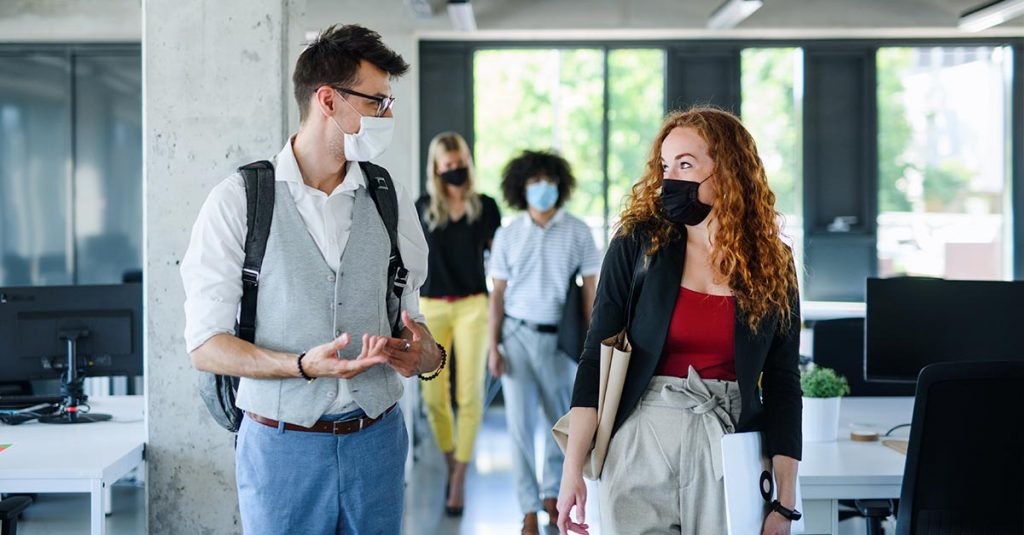
Working From Home
While some employees only had a brief time working from home, there are significant numbers who are still spending the majority of time working from home. At this point, it’s a common practice — managers leading their team via video, data analysts booting up their laptops from the kitchen table and sales consultants making online appointments via Zoom. It would have sounded absurd to us at the end of 2019, but just a few months into 2020, it was the reality. A year later, it’s… well, normal. (As abnormal as that sounds.)
Because of the sheer size of the investment many businesses have made for the proper tools and technology to make remote work happen, it’s highly unlikely that money will go to waste. Going forward, it seems fair to say that working from home will remain an option and that the flexibility to set your own hours will stick around, when appropriate, of course. As we’ve seen with heroic frontline workers, not everyone has this luxury. You may or may not miss seeing familiar faces beyond the ones in your household, but the freedom and increased productivity that come with working from home are too great to ignore.
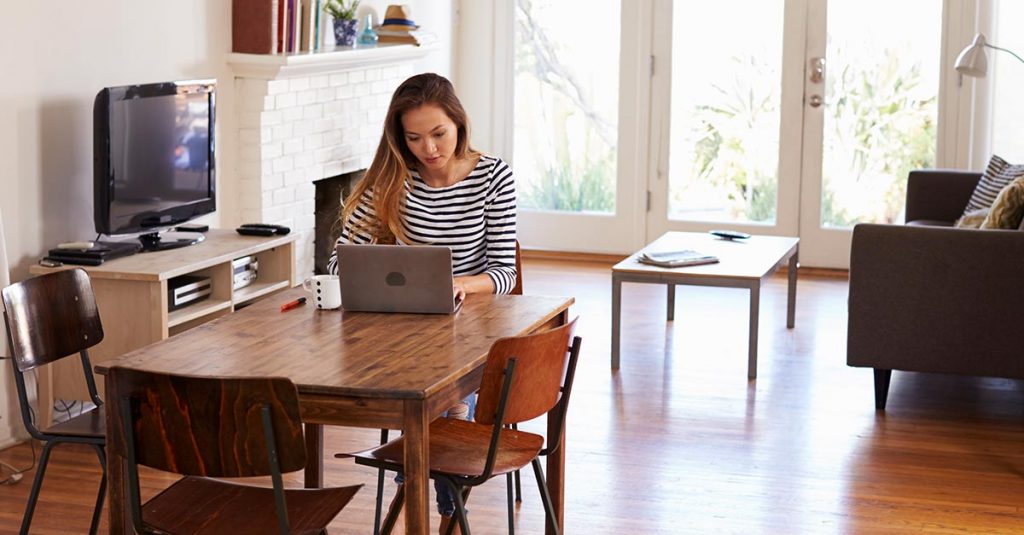
Remote Meetings
It’s a common for office employees to leave a lengthy, day-disrupting meeting with the boss and mutter, “that could’ve been in an email.” In the wake of COVID-19, those same employees have had to move from the boardroom to the Zoom or some other type of online meeting. While these tiresome meetings are still time-consuming and more or less a mandatory part of the workday, there’s no denying that it’s a whole lot easier to hop on a Zoom than it is to sit in a physical meeting.
Zoom is likely to stick around in this so-called new normal because of the ease of use and the connectivity it provides. If your grandparents can work Zoom, then so can you and your colleagues. Not only is it simple to learn, but it also lets companies present guest speakers from anywhere in the world. As society moves forward from COVID-19, there’s no doubt that Zoom will move forward with it. It might be tedious, and the Zoom etiquette might not be totally there yet, but it is too handy to do without now.
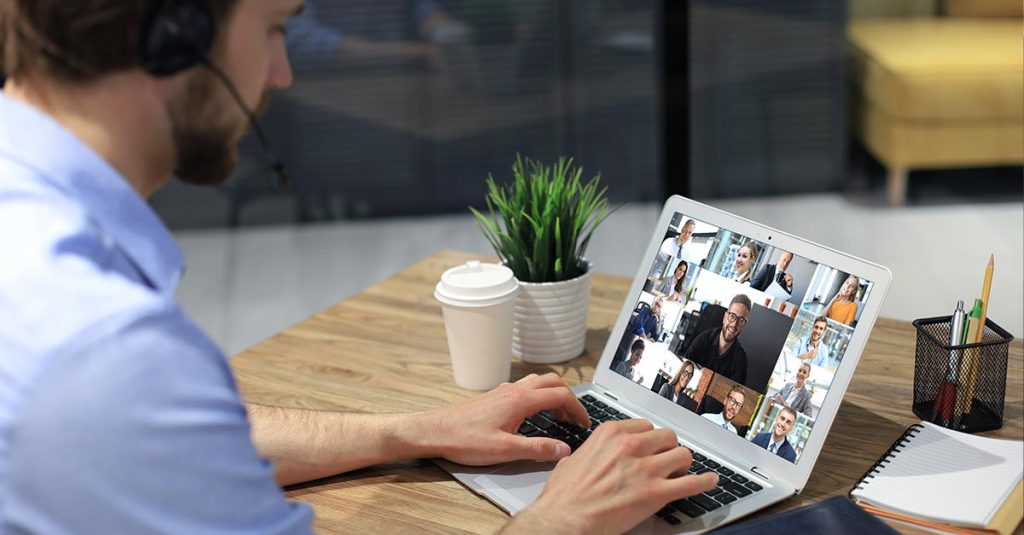
More Open Floor Plans
For the people who have had the chance to go back into the workplace since the onset of COVID-19, the term “open floor plan” should be familiar. The same goes for anyone who has gone into a storefront or a restaurant in recent months, where tables and displays are much more spaced out than they ever were before to adhere to the all-important social distancing guidelines that help slow the spread of the coronavirus.
Similar to the adaption of working from home and remote meetings, the amount of money and effort invested into this redesign makes a reversion to the old ways that much more unlikely. Open floor plans work, plain and simple — and not just to help slow the spread. They provide a better flow and a better energy in the room, which are key to ensuring productivity remains high. You might be farther away from your coworkers, but that wide-open space will feel so much less cramped in the long run.
When Will Things Go Back to Normal, if Ever?
Now that there’s a better understanding of the pros and cons associated with the changes made to the workplace since COVID-19, one question remains: Will there be a new normal to look forward to? The short answer is, of course, yes.
The COVID-19 pandemic will end, even if we don’t know the exact date yet. The look and feel of the standard office may change and become the new normal. For those returning to work it might not feel normal at first, but it will in time. How will we arrive at that normal, though? Well, by taking the good and leaving the bad.
Working from home, remote meetings and more open floor plans have plenty of pros, but they aren’t immune to cons, either. It all depends on what will work best for your respective workplace, but you can be certain your employer will take those pros and leave the cons as they establish the new normal that works for your workplace. Once this happens, we can finally begin that journey back to a true normal, rather than a new normal.

So: The Office Is Dead, or Long Live the Office?
Now that all this is said and done, the question remains: Is the office dead, or will the office live on? The answer is, decidedly, both. The office as we used to know it is no more. Due to the conveniences of working from home, remote meetings and more open floor plans, a return to a workplace without these things seems out of the question. However, that doesn’t mean that people won’t be able to work without them: You see, a hybrid model is the way forward from here.
Picture this: Some people choosing to work from home, some choosing to come into the office. Some choosing to attend meetings in-person, some electing to hop on via an online meeting platform. Some opting to gather with others, some preferring to stick to themselves. Real humans interacting and collaborating while coexisting with fellow remote workers.
There is no one solution that will work for every person, but this hybrid model showcases the best of both remote and in-person worlds. See, the office isn’t dead; it’s just evolving. Long live the office.



